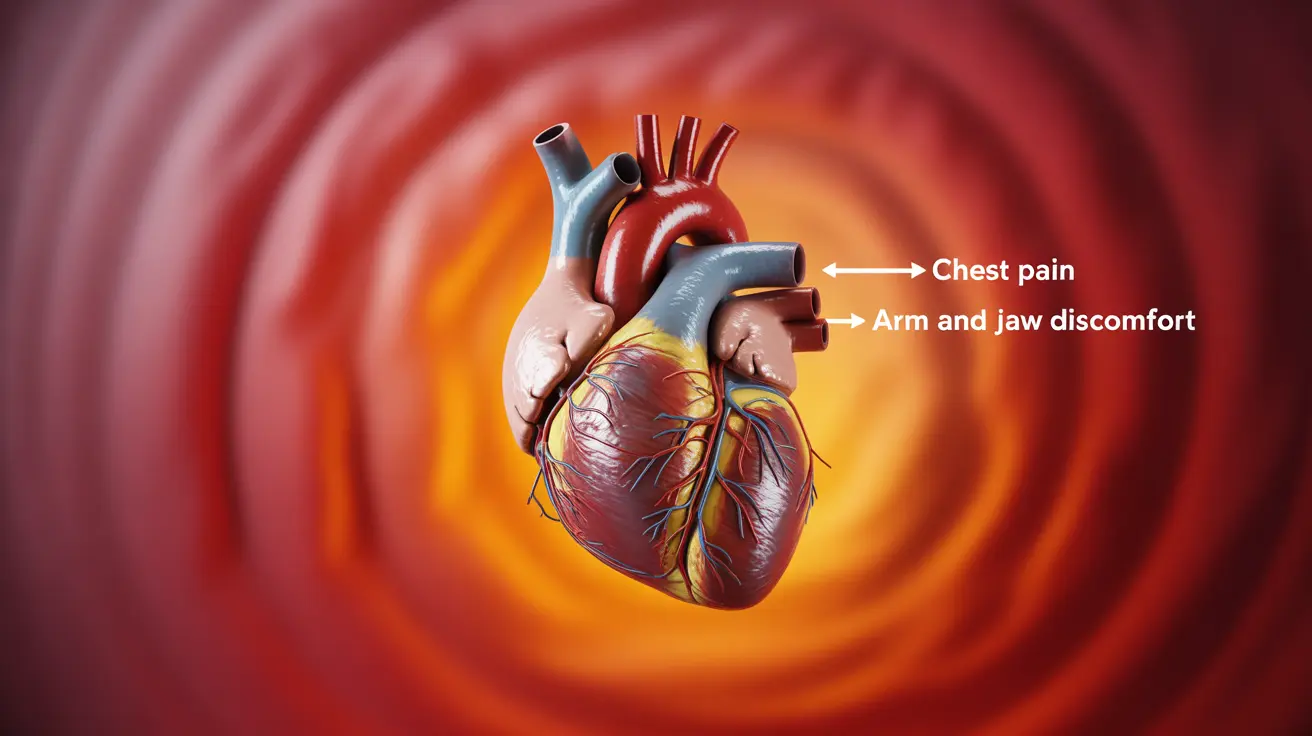The debate over cushioned running shoes has intensified in recent years, with runners and researchers alike questioning whether the extra padding we've long assumed was beneficial might actually be doing more harm than good. As athletes and casual runners invest in footwear, understanding the impact of shoe cushioning on our bodies becomes increasingly important.
This comprehensive guide examines the science behind cushioned running shoes and their effects on running mechanics, injury prevention, and overall joint health. We'll explore what research tells us about different shoe types and help you make an informed decision about your running footwear.
Understanding Shoe Cushioning and Its Effects
Cushioned running shoes were originally designed to absorb impact forces and provide comfort during running. However, recent studies suggest that excessive cushioning might interfere with our body's natural shock-absorption mechanisms and proprioception – our ability to sense our body's position and movement.
The human foot has evolved to handle impact forces efficiently through its natural architecture of bones, muscles, and tendons. When we add thick cushioning, we may be inadvertently dampening the sensory feedback our feet need to maintain proper running form.
Impact on Running Mechanics
Research indicates that heavily cushioned shoes can significantly alter our natural running mechanics. When wearing cushioned shoes, runners tend to:
- Land with greater impact force
- Strike the ground more heavily with their heels
- Experience reduced foot muscle activation
- Have decreased stability during movement
The Case for Minimalist Shoes
Minimalist or barefoot-style running shoes have gained popularity as an alternative to traditional cushioned footwear. These shoes typically feature:
- Minimal heel-to-toe drop
- Thin, flexible soles
- Wide toe boxes for natural foot spreading
- Limited cushioning and support features
Proponents argue that these characteristics allow for more natural movement patterns and stronger foot muscles over time.
Potential Risks of Excessive Cushioning
While cushioned shoes might feel comfortable initially, they may contribute to various issues:
- Weakened foot muscles due to reduced activation
- Altered running biomechanics
- Decreased proprioception and balance
- Potential for overconfidence leading to increased impact forces
Making the Right Choice for Your Feet
The best shoe choice depends on various individual factors, including:
- Your current running experience
- Foot structure and biomechanics
- Running goals and distances
- Previous injury history
- Current fitness level
Frequently Asked Questions
Are cushioned running shoes bad for my joints and overall running mechanics?
While cushioned running shoes aren't inherently "bad," they can alter natural running mechanics and potentially reduce the foot's natural shock-absorption capabilities. The impact on joints varies among individuals, depending on running form, body weight, and biomechanics.
How does excessive cushioning in shoes affect impact forces on my legs and feet?
Excessive cushioning can lead to increased impact forces as runners tend to land harder, believing they're protected by the padding. This can actually transmit more force through the legs and feet than running in less cushioned shoes.
What are the benefits of minimalist or barefoot-style running shoes compared to cushioned shoes?
Minimalist shoes promote natural foot movement, strengthen foot muscles, improve proprioception, and may lead to better running form. They encourage a more midfoot or forefoot strike pattern, which some research suggests may reduce injury risk.
How should I transition safely from cushioned shoes to minimalist running shoes to avoid injury?
The transition should be gradual, typically taking 8-12 weeks. Start with short distances (5-10 minutes) in minimalist shoes, slowly increasing time and distance while maintaining your regular running routine in traditional shoes. Listen to your body and adjust the pace of transition accordingly.
Can wearing heavily cushioned shoes cause more running injuries despite feeling more comfortable?
While cushioned shoes may feel comfortable, they can potentially increase injury risk by masking impact forces and altering natural running mechanics. However, the relationship between shoe cushioning and injury risk is complex and varies among individuals based on their running style and body mechanics.




